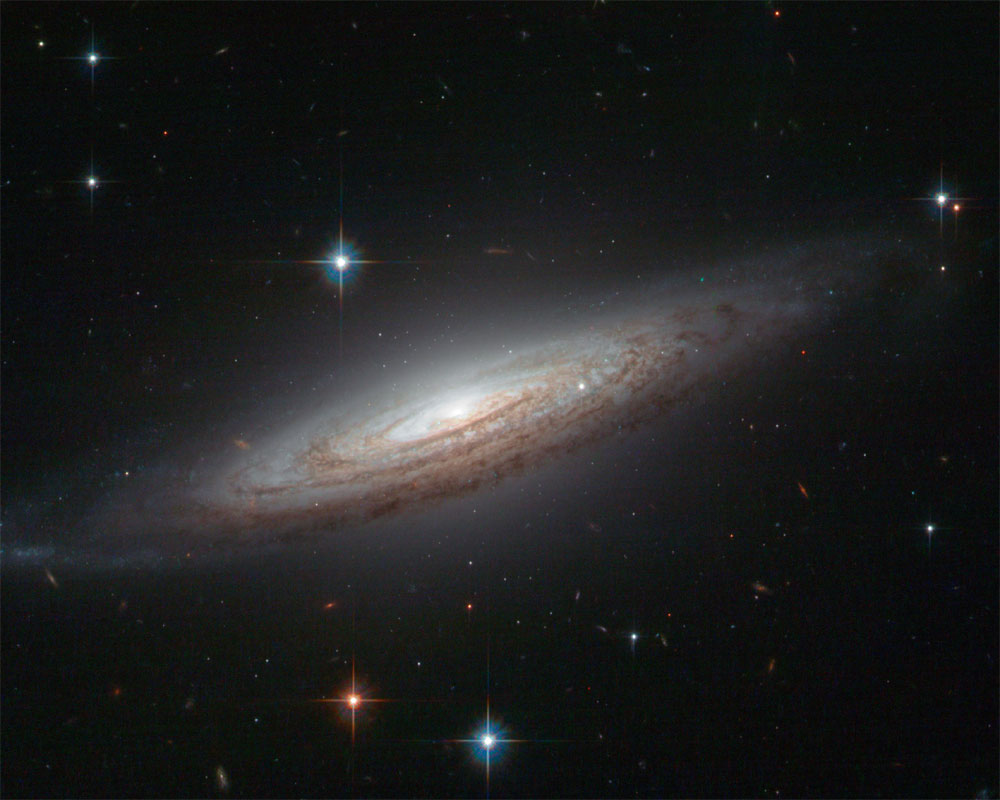A massive but extremely faint galaxy has been discovered hiding near the Milky Way by scientists trawling through data from the European Space Agency's Gaia satellite.
Despite its size, the galaxy has very few stars, challenging conventional theories of galaxy formation, said researchers from Imperial College London in the UK.
The galaxy, named Antlia 2 (or Ant 2), has avoided detection until now thanks to its extremely low density as well as a perfectly chosen hiding place, behind the Milky Way's bright central disc.
"This is a ghost of a galaxy. Objects as diffuse as Ant 2 have simply not been seen before. Our discovery was only possible thanks to the quality of the Gaia data," said Gabriel Torrealba from the Institute of Astronomy and Astrophysics at Academia Sinica in Taiwan.
Ant 2 is known as a dwarf galaxy. As structures emerged in the early universe, dwarfs were the first galaxies to form, and so most of their stars are now old, relatively low in terms of their mass, and poor in metals.
However, compared to the other known dwarf galaxies orbiting the Milky Way, Ant 2 is immense.
It is as big as the Large Magellanic Cloud (LMC), a bright satellite galaxy that is a third the size of the Milky Way itself, researchers said.
Ant 2 is also unusual because of how little light it gives out: compared to the LMC, Ant 2 is 10,000 times fainter, meaning that it has about one 10,000th the number of stars, they said.
Current theories of galaxy formation cannot fully explain how a galaxy so large has so few stars.
Previous research has suggested that some dwarfs could be inflated by vigorous star formation, causing the galaxy to 'puff up', but the new research shows that this process would have to be remarkably efficient to explain Ant 2.
,.





















